China is big on walking. at least 90% of china have it as a significant mode of travel
pedestrians competing with not only autos, but buses. Buses kill people too
|
Because we are only human in this world, as long as we have human drivers of taxis, buses, personal cars, and trucks there are going to be incidents where the drivers are in a hurry, they are distracted, they are tired, run off the road, or they just don't exercise care... a pedestrian is going to get hit. And when it happens, it is going to be very likely to be fatal. Autonomous can help.
|
|
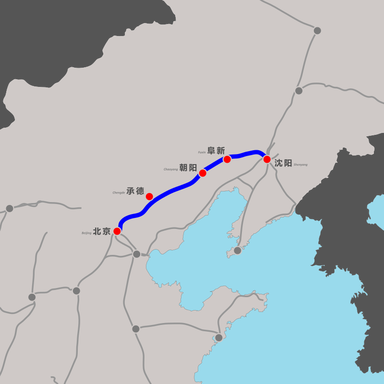
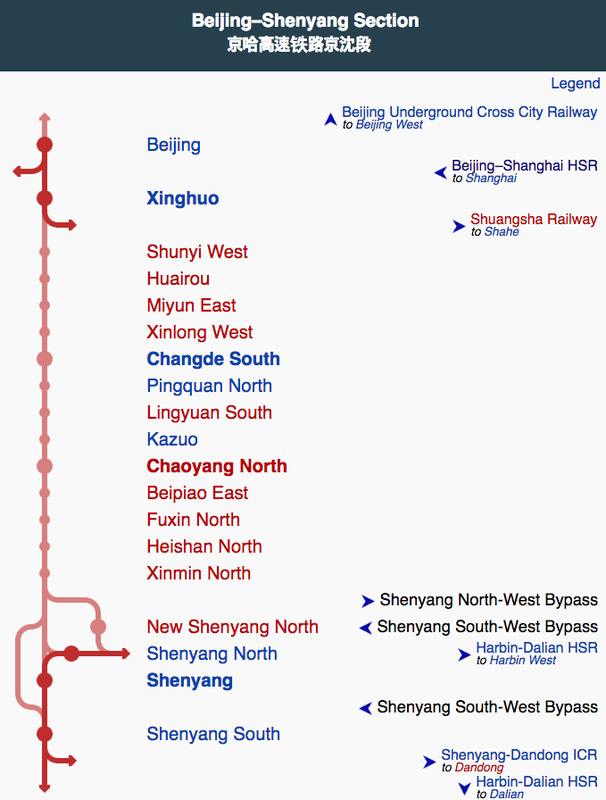
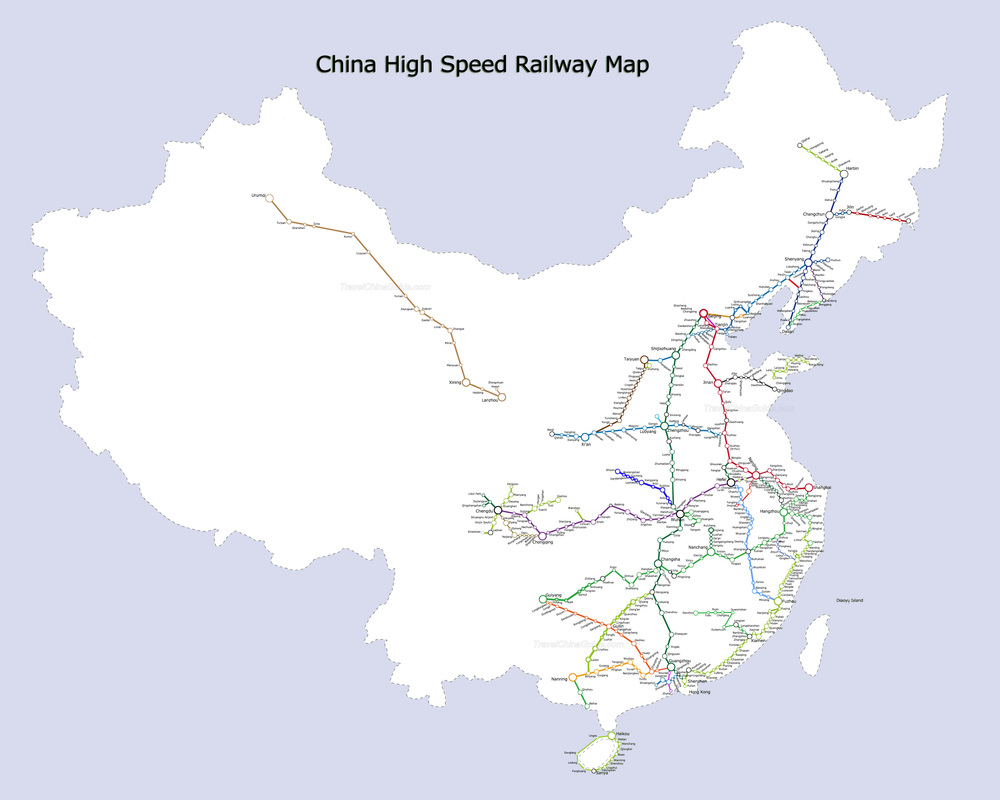
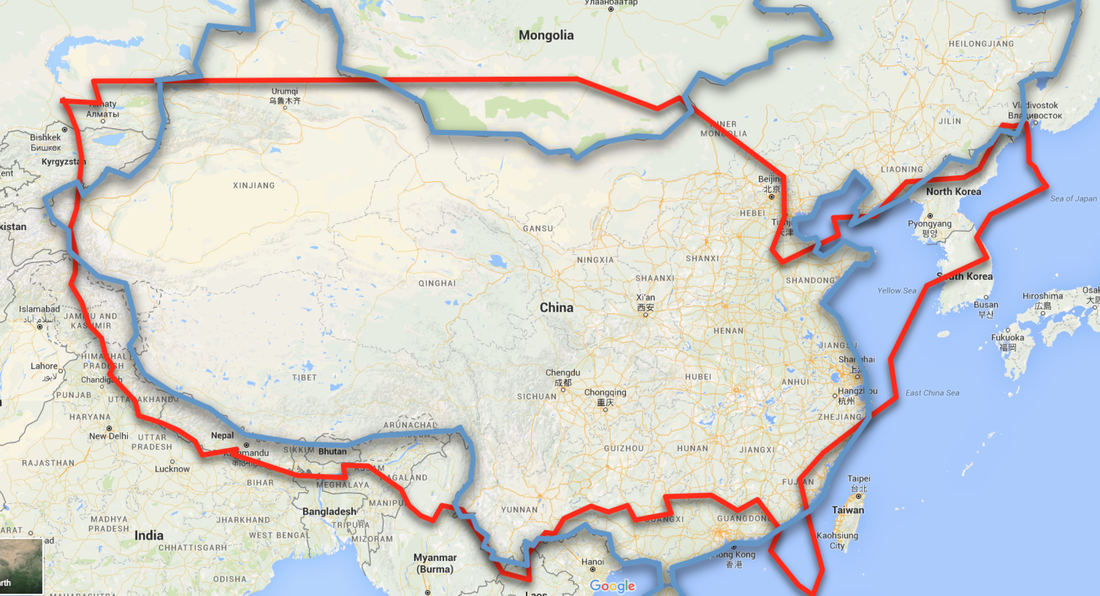
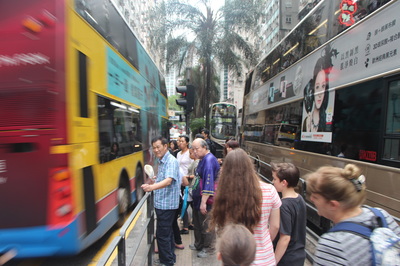
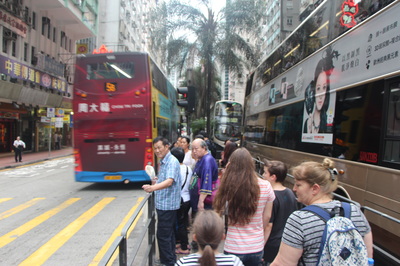
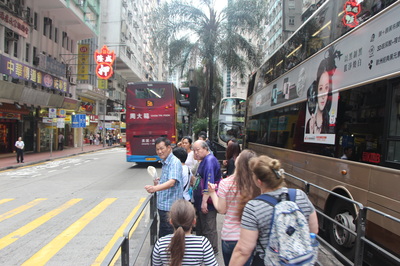
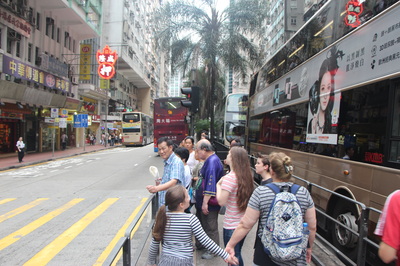
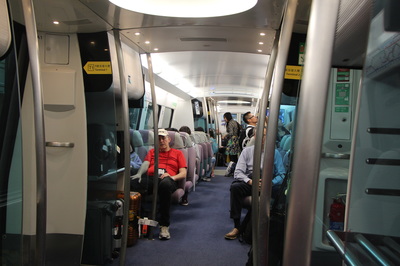
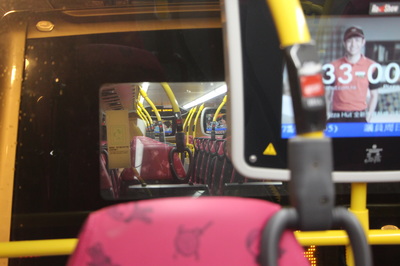
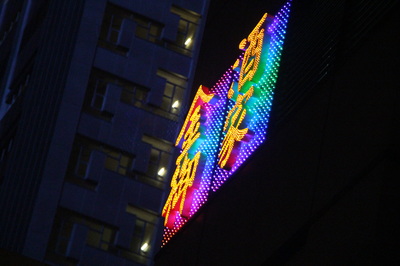
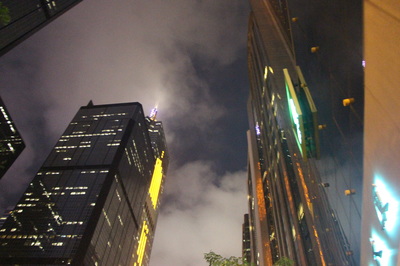
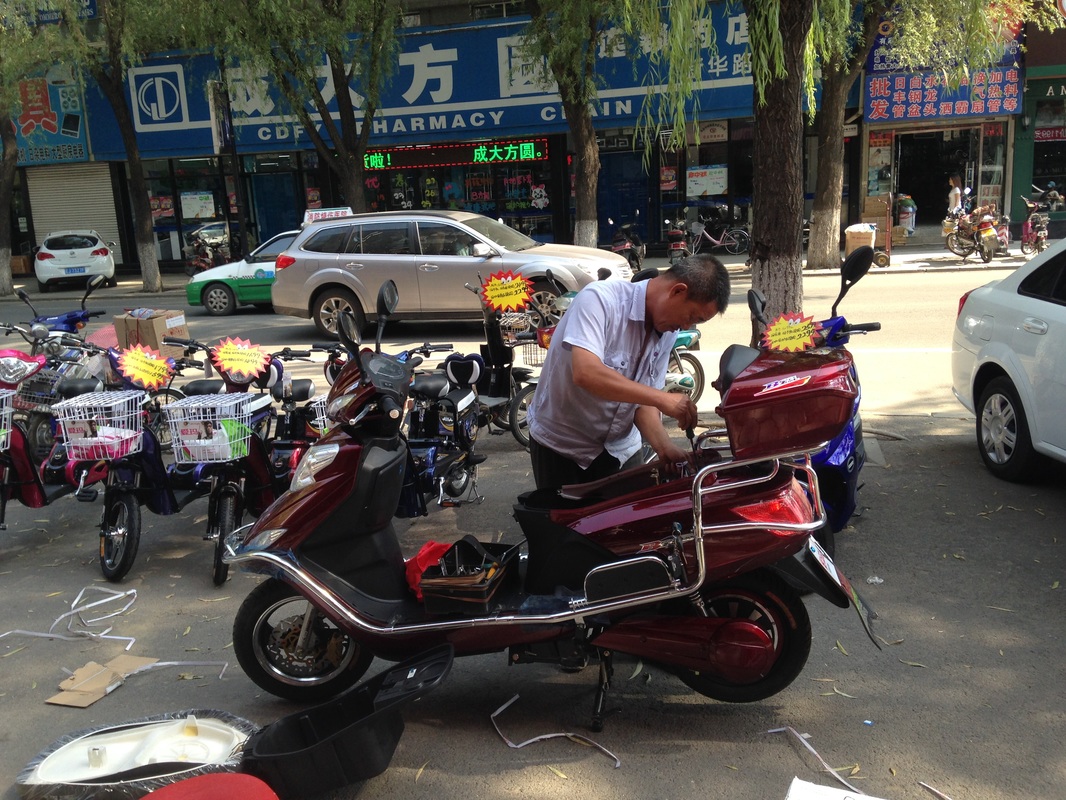
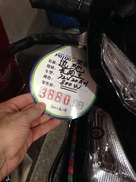
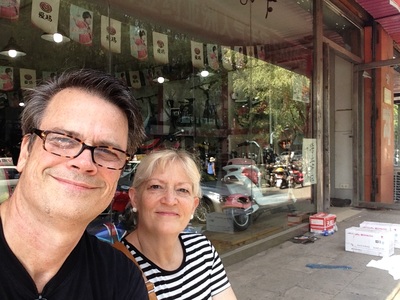
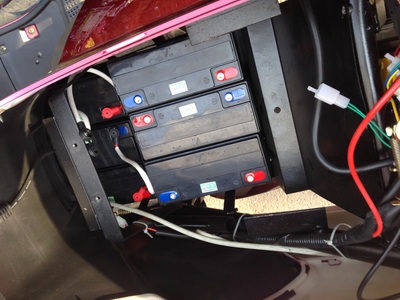
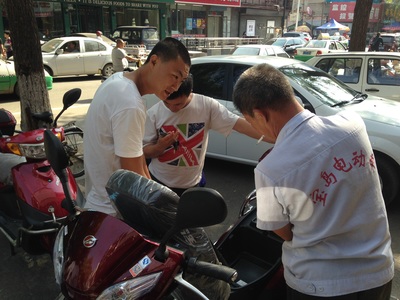
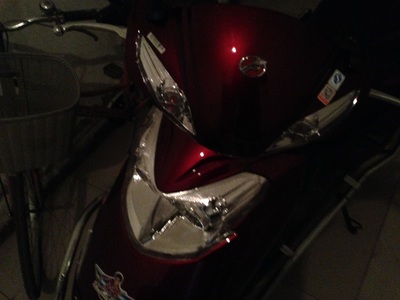
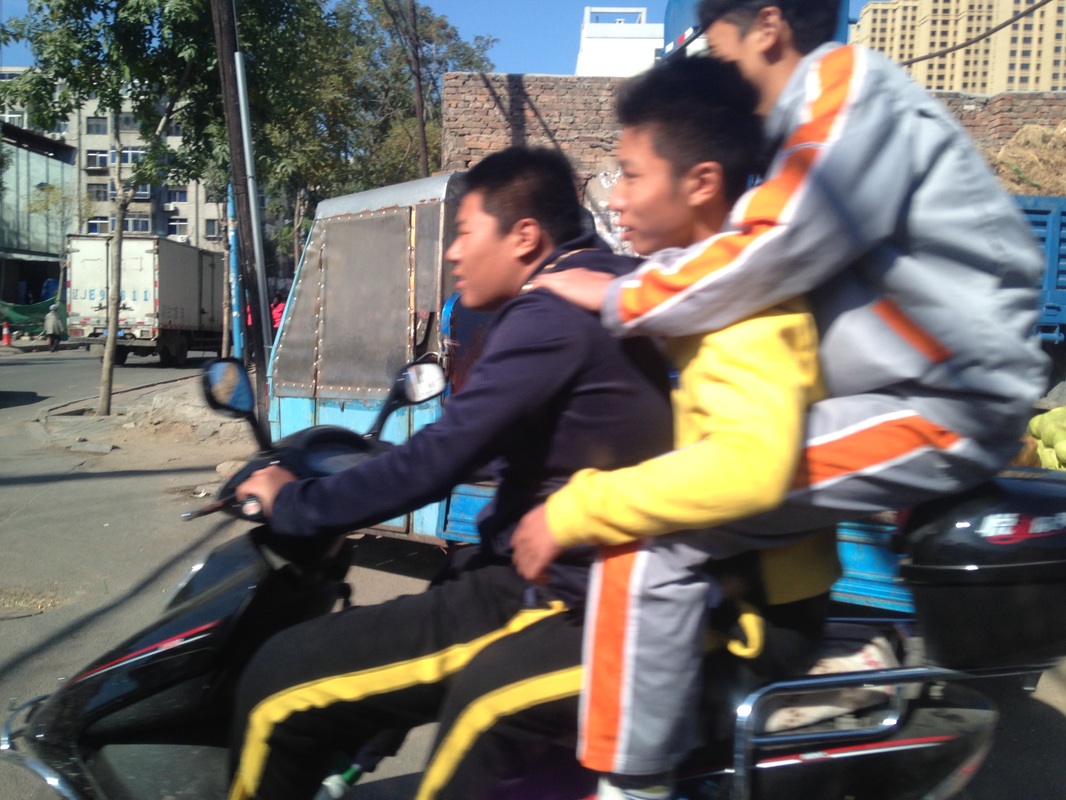
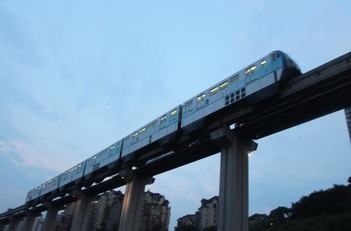
 RSS Feed
RSS Feed